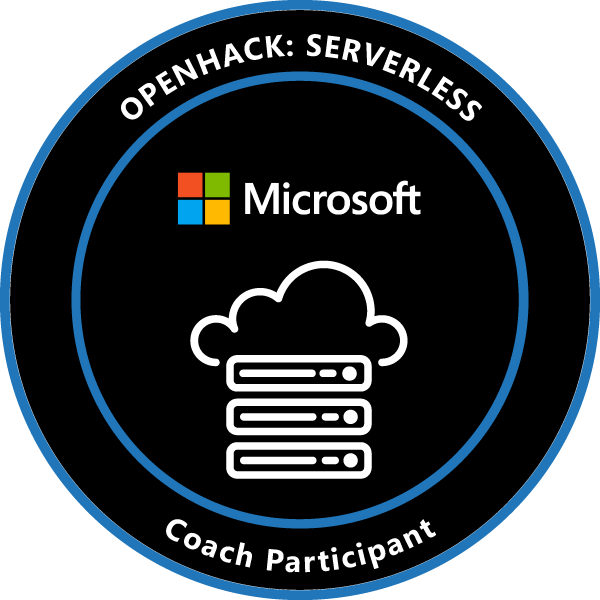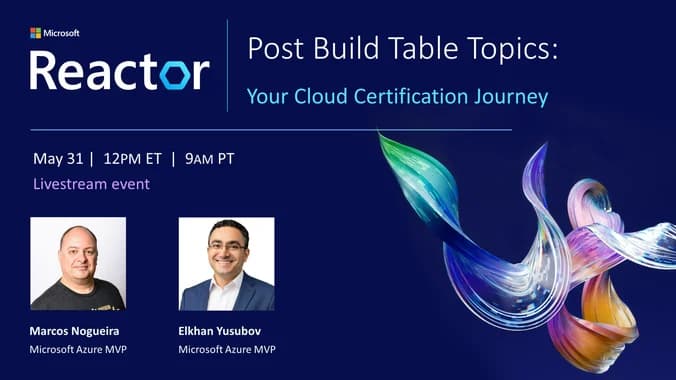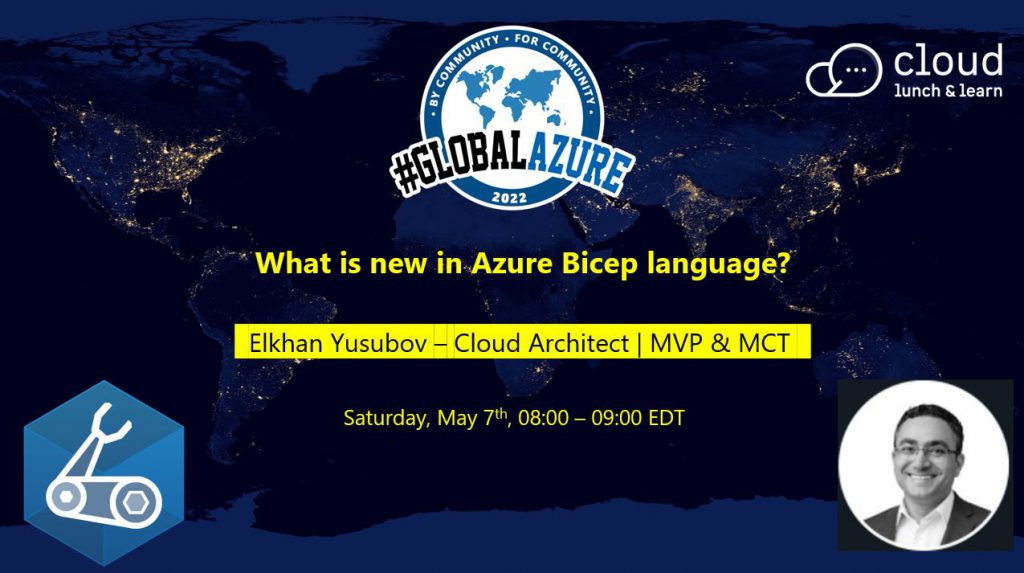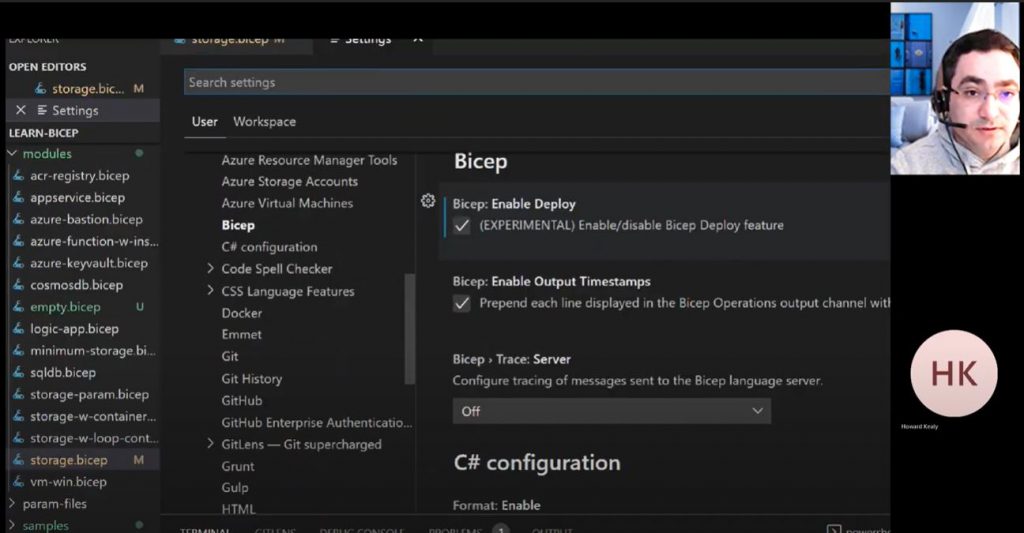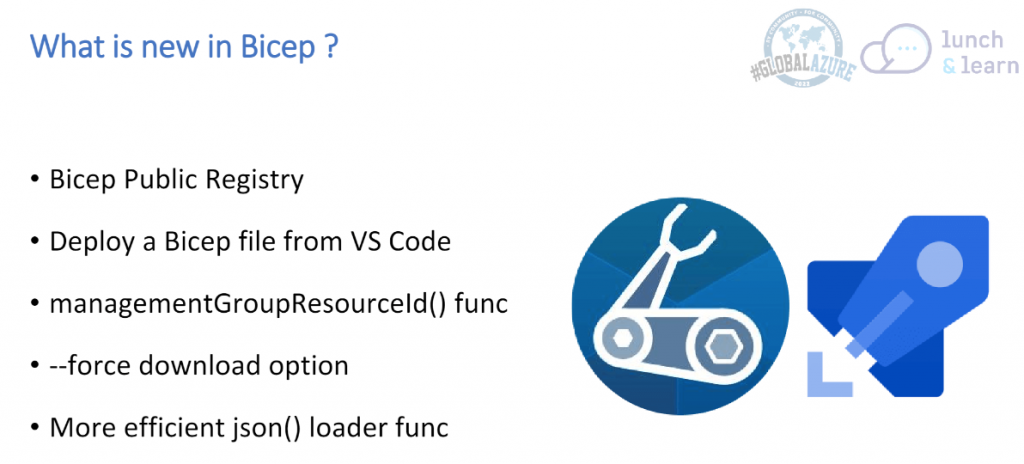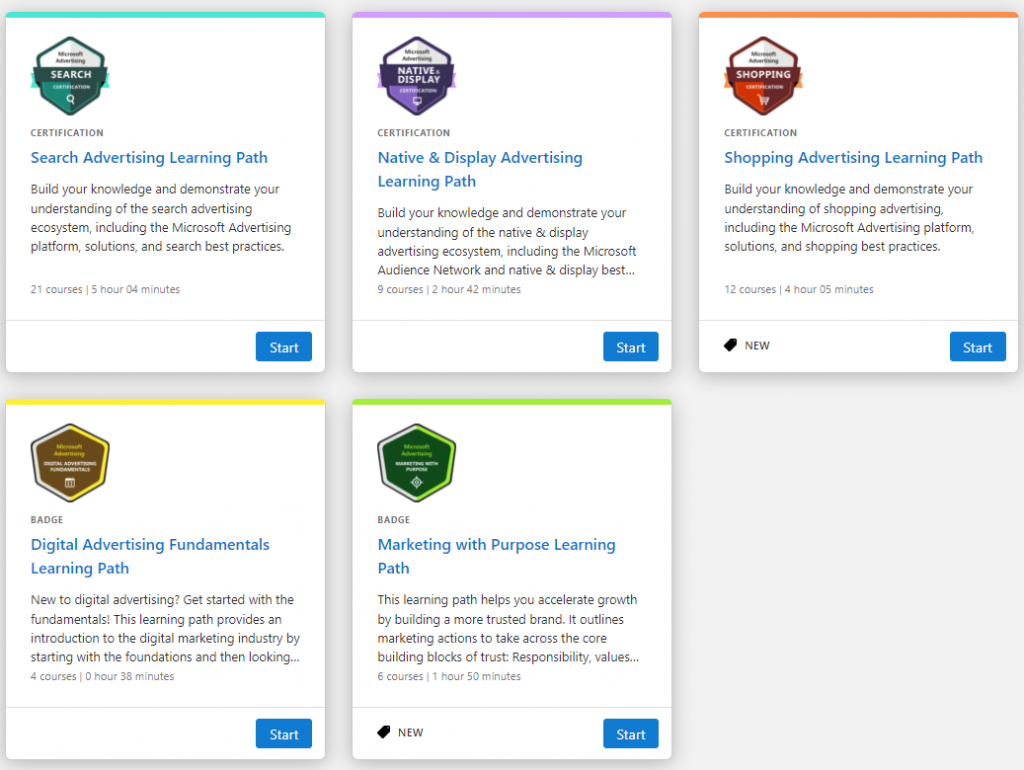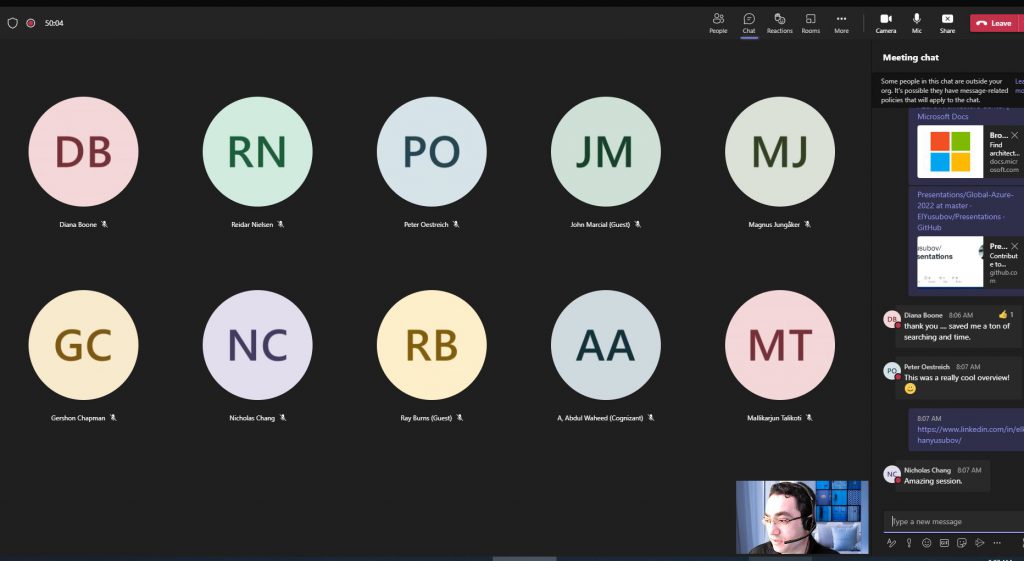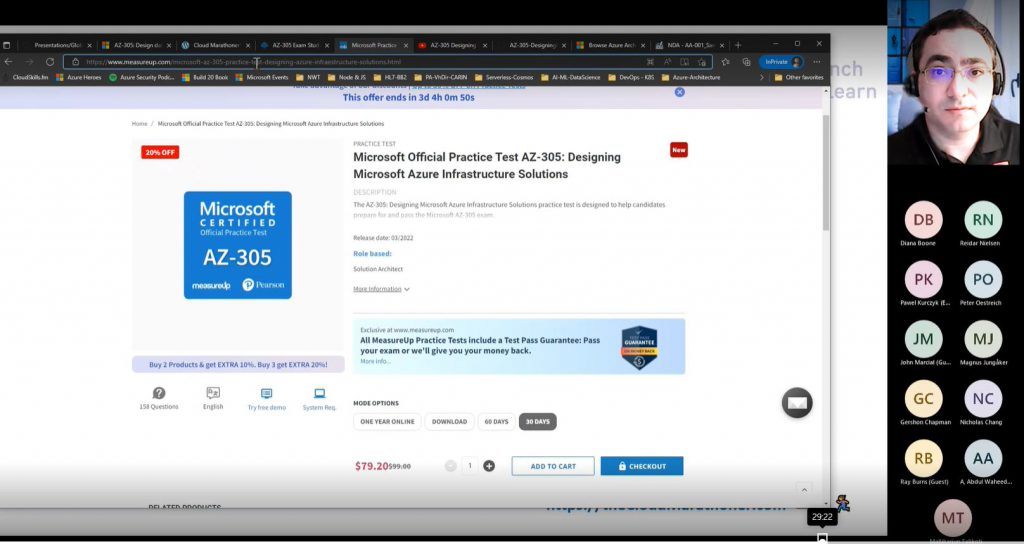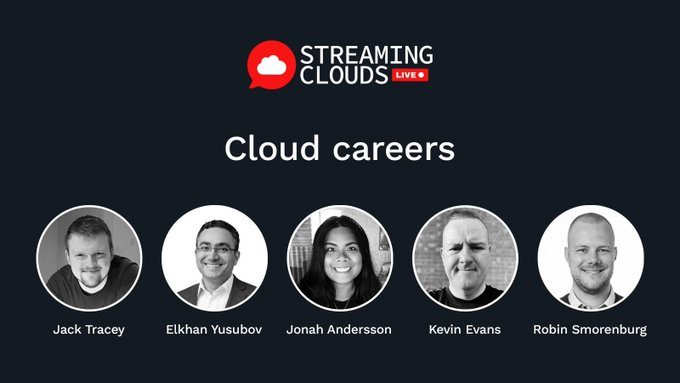Hello Cloud Marathoners,
It is summertime and naturally we all want to enjoy it, right?
Microsoft is scheduled to hold its annual signature event for partners – called Microsoft Inspire in few weeks.
What is Microsoft Inspire?
It is a conference held annually by Microsoft Corporation for its partner organizations and community around the globe. At Microsoft Inspire, partners learn about the Microsoft’s technology announcements for the upcoming year and experience the latest product innovations while learning new skills and techniques.

Usually, it starts with a keynote from Satya Nadella – a Microsoft CEO and Board Director, followed by other Microsoft executives, featured speakers, business-track specific offerings, and hundreds of sessions.
How to Register?
This year, the Microsoft Inspire will be a virtual event and #free.
Thank you, Microsoft, for opening this event for every organization and people!
Please use the link below to register and don’t forget to pick/book your sessions from Schedule once your registration is completed.
📌 Register for #FREE 👉 https://lnkd.in/e6Ksnd6T
📅 July 19-20, 2022
Hope you will all join and enjoy this event!

